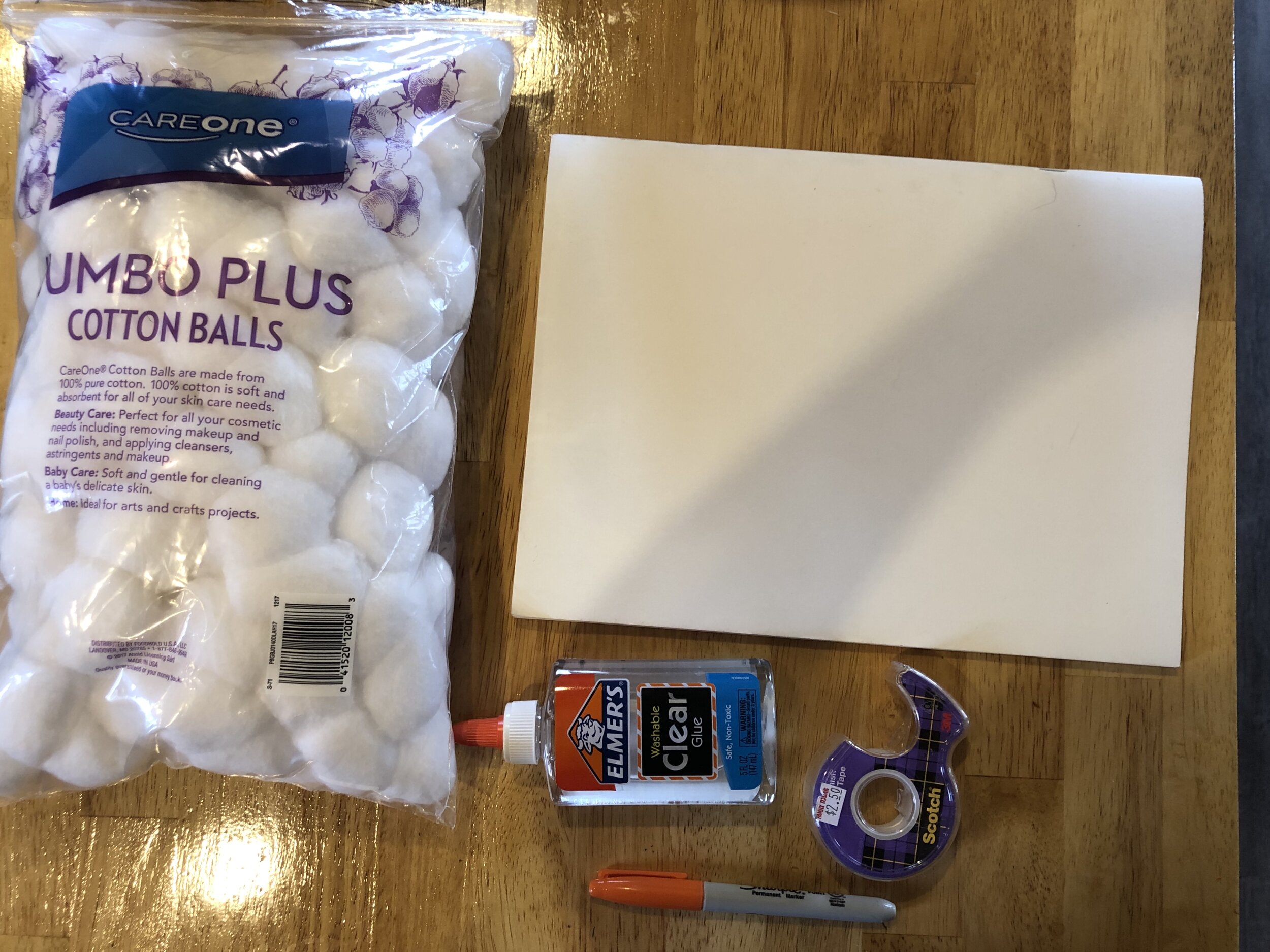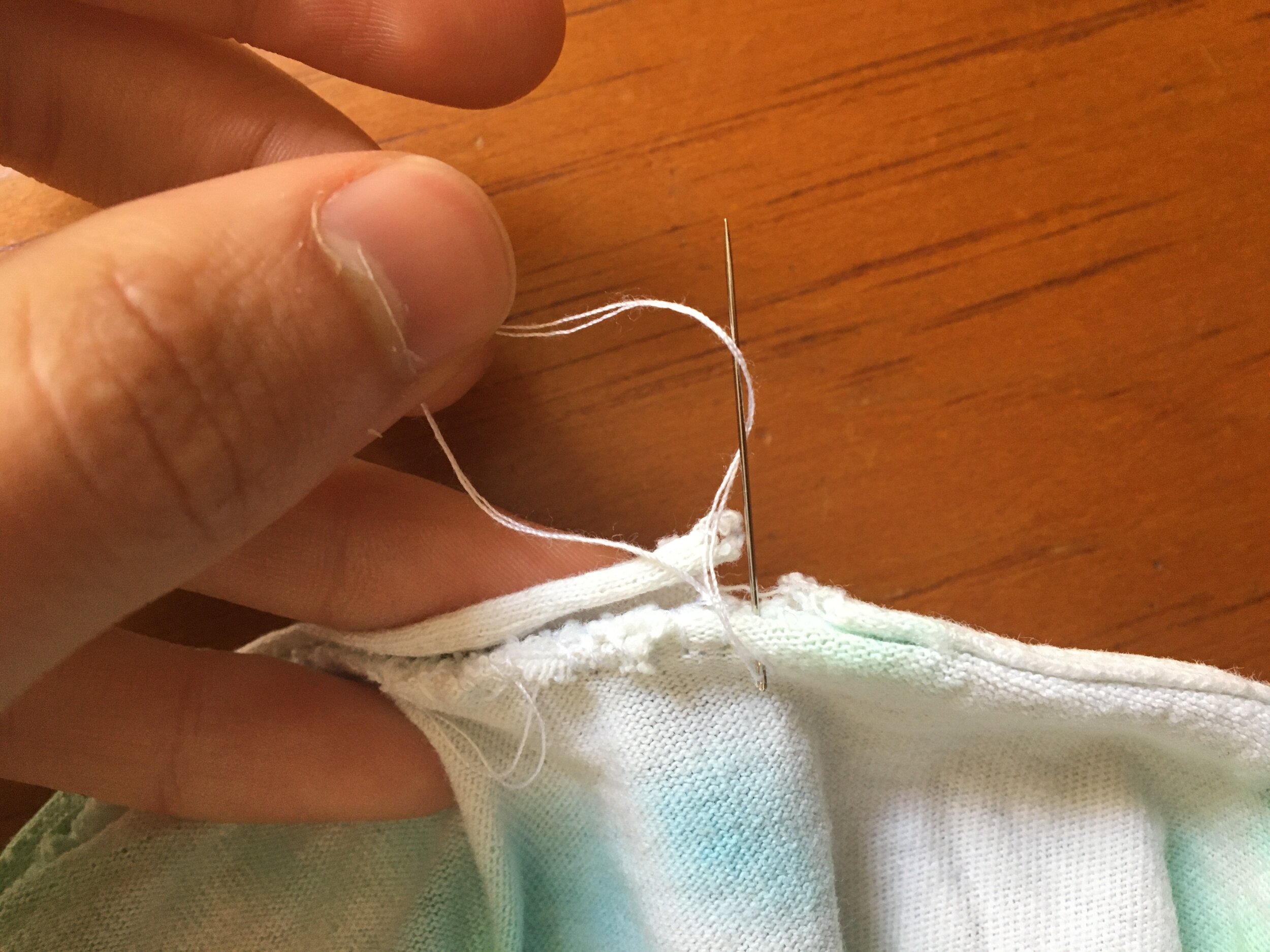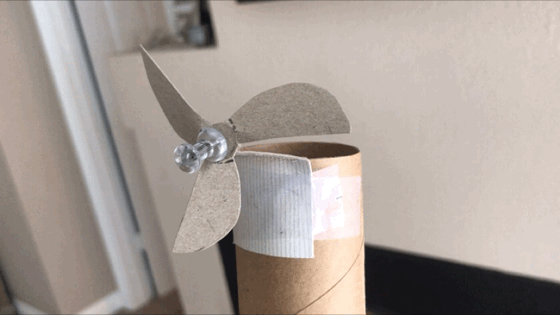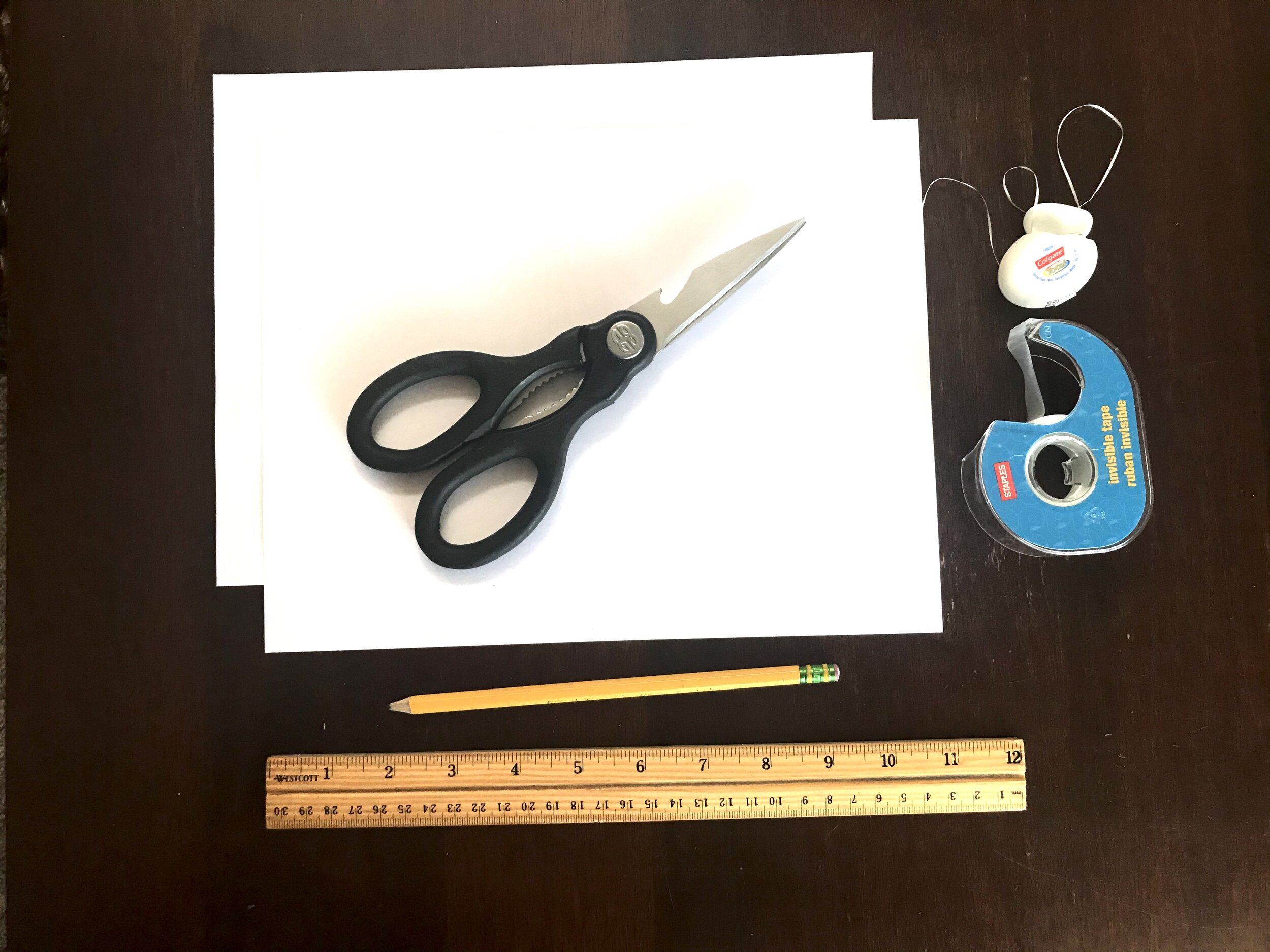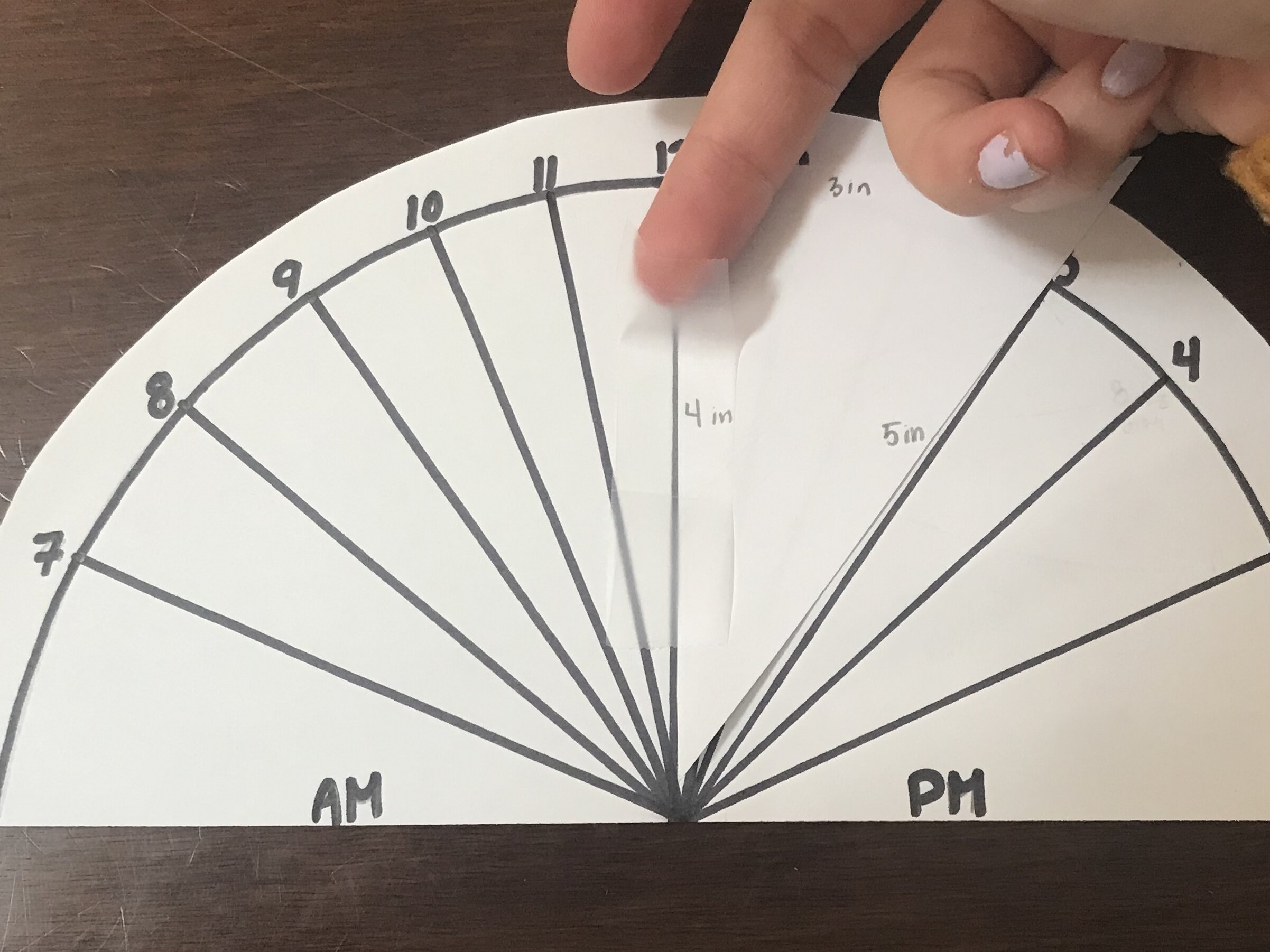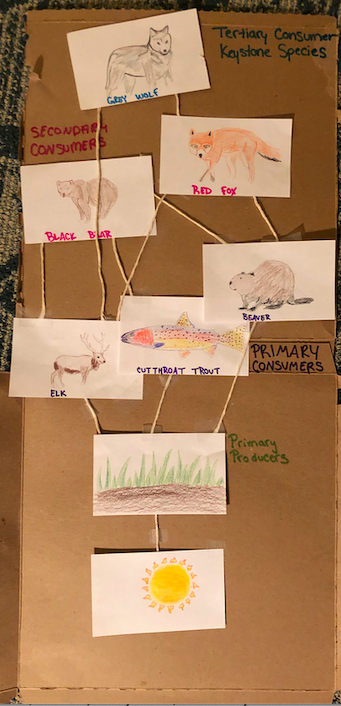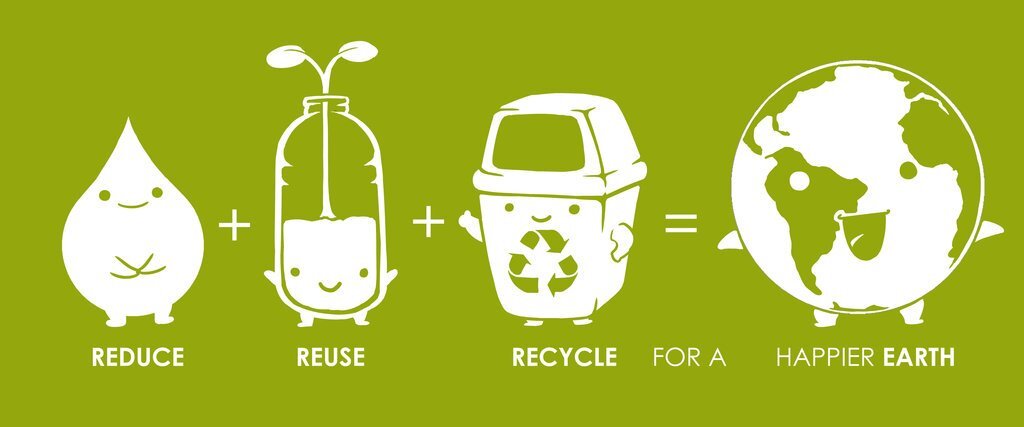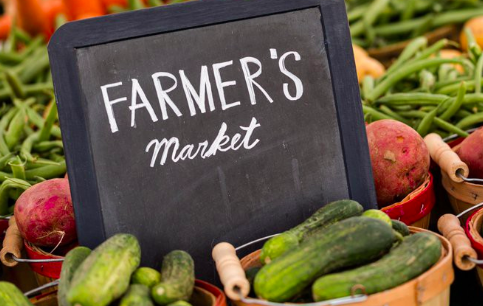Read and Respond Activity
Read the following summary of an article written about the impact reintroducing grey wolves in yellowstone had on the ecosystem.
The Reintroduction of the Grey Wolf
“Wolves are causing a trophic cascade of ecological change, including helping to increase beaver populations and bring back aspen, and vegetation.” (Farquhar 2019).
In the 1930’s the grey wolf was poached to extinction in Yellowstone National Park. The absence of the wolf meant elk had fewer predators, and as a result elk population skyrocketed. This caused a chain reaction. The elk pushed the ecosystem to its carrying capacity by staying sedentary and heavily consuming willows, cottonwood, and aspen. Willow, being a crucial food source for the beaver along the rivers, declined in population. The decline in willow population led to a decline in beaver population. As beavers manage the riverbanks of Yellowstone, the rivers began to signs of deterioration, which affected birds, fish, and hunting grounds for bears.
Now that wolves have been reintroduced in Yellowstone, elk populations are stable, yet the elk are forced to move much more frequently so the pressure on willows has diminished, allowing beaver population to increase and the rivers to change once again. This story is an incredible example that highlights the power of a keystone species- and the damaging ways humans can impact an entire ecosystem.
Respond to the following questions.
Why do you think wolves were hunted to extinction in the 1930’s?
What do you think the long term impacts of wolf reintroduction will be?
Can you think of any animals that may be a keystone species? Are they endangered? If so, what can YOU do to help protect that species?
Reflection Questions
Give an example of a primary consumer and an example of a secondary consumer.
What is one thing you learned from this activity?
Why is it important to protect animals from becoming endangered or extinct?
What can YOU do to protect animals from becoming endangered or extinct?
Did you enjoy today’s activity? Stay tuned for more, and in the meantime…
Send us a photo of yourself doing today's activity and if you would like, please share your name(s) and where you are from with cisonline@changeissimple.org!

